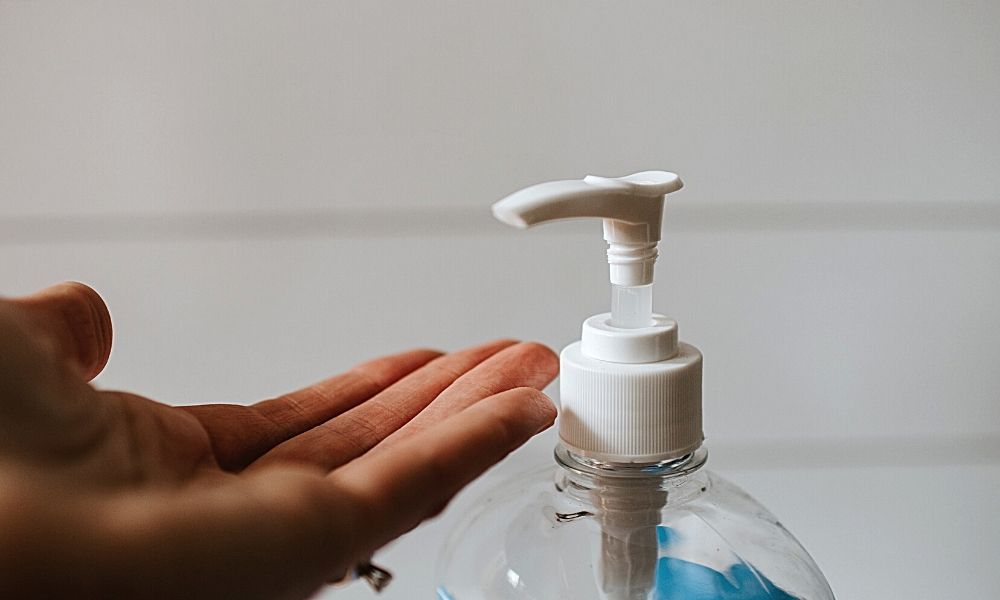
Image Credit: Unsplash
Growing Inequality: Not Even Half Of ST Households Have Access To Non-Shared Sanitation Facilities
Writer: Madhusree Goswami
A mountain girl trying to make it big in the city. She loves to travel and explore and hence keen on doing on-ground stories. Giving the crux of the matter through her editing skills is her way to pay back the journalism its due credit.
India, 20 July 2021 10:14 AM GMT
Editor : Ankita Singh |
A literature lover who likes delving deeper into a wide range of societal issues and expresses her opinions about the same. Keeps looking for best-read recommendations while enjoying her coffee and tea.
Creatives : Madhusree Goswami
A mountain girl trying to make it big in the city. She loves to travel and explore and hence keen on doing on-ground stories. Giving the crux of the matter through her editing skills is her way to pay back the journalism its due credit.
In comparison, about 66% of general category households have access to the same facilities, according to a study by Oxfam India.
Growing socio-economic inequality in India is adversely affecting the health outcome of the marginalised communities in the country. The pandemic has further aggravated the problem, according to a report by Oxfam India.
The report said that nearly 66 per cent of households of people from the general category have access to improved and non-shared sanitation facilities. In comparison, only 25.9 per cent scheduled tribe households have access to such facilities.
The India Inequality Report 2021 added that over 50 per cent of Scheduled Castes (SC) and Scheduled Tribes (ST) households faced difficulties in accessing non-COVID medical facilities, compared to 18.2 percent for the general category.
COVID Has Widened Differences
It also found that SC households had more stunted children than those in households of people of the general category (12.6 per cent more), reported Deccan Herald. For the bottom 20 per cent of the population, the chances of a child dying before his fifth birthday is three times compared to the top 20 per cent. The report noted that COVID has further widened these differences.
The report said that Hindu households are performing better than Muslim households, especially on indicators of access to healthcare. Institutional births and access to food supplements under Integrated Child Development Services (ICDS) are 10 per cent less for Muslim households as compared to Hindu households. Eight percent less children are immunised in Muslim households, it added.
It further highlighted that those from low-income brackets facing discrimination in the community because of testing positive for COVID was five times than those in high-income brackets.
The report pointed out that the rate of female child immunisation continues to be below that of the male child, and immunisation of children in urban areas is more than in rural areas. Immunisation among SC and ST is behind that of other caste groups, it said. The report also noted that states with higher expenditure on health had lower confirmed cases of COVID.
Also Read: Prasar Bharti's DD Free Dish Grows Popular Among Audience, Crosses Over 40 Million Subscribers
 All section
All section














